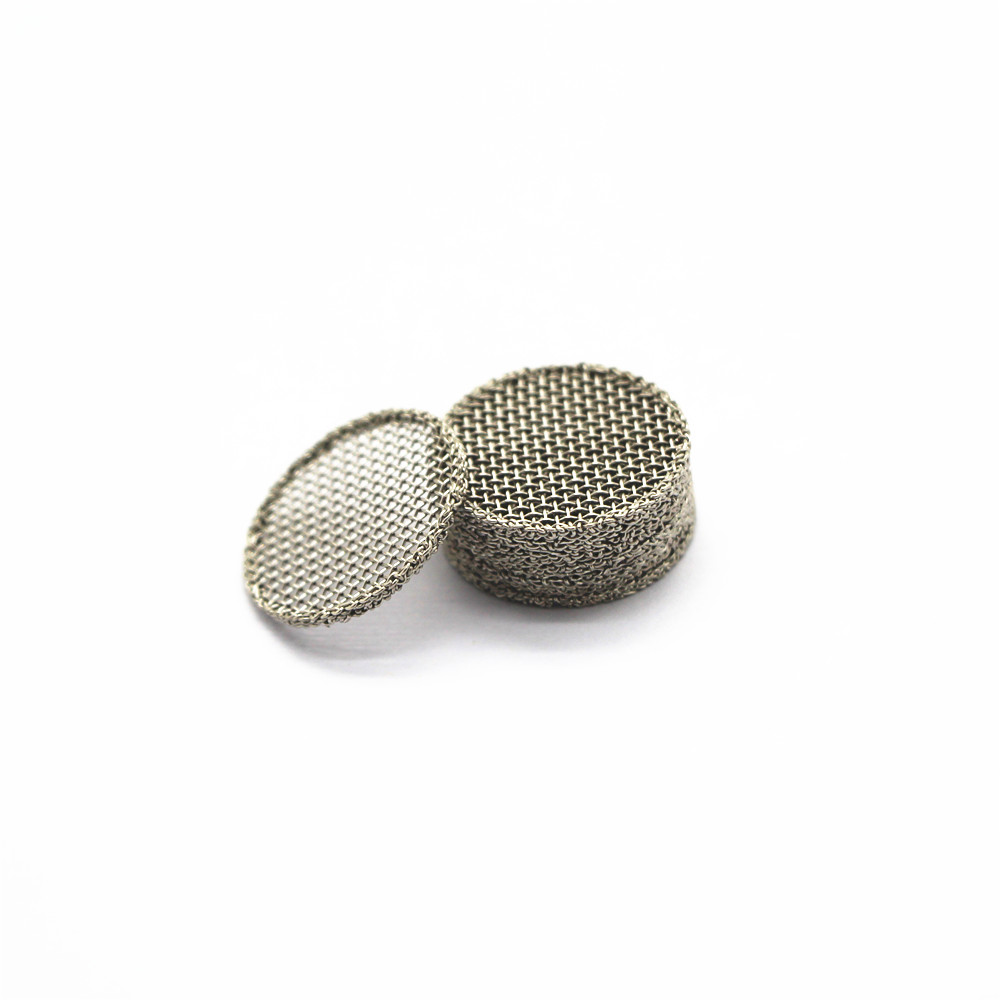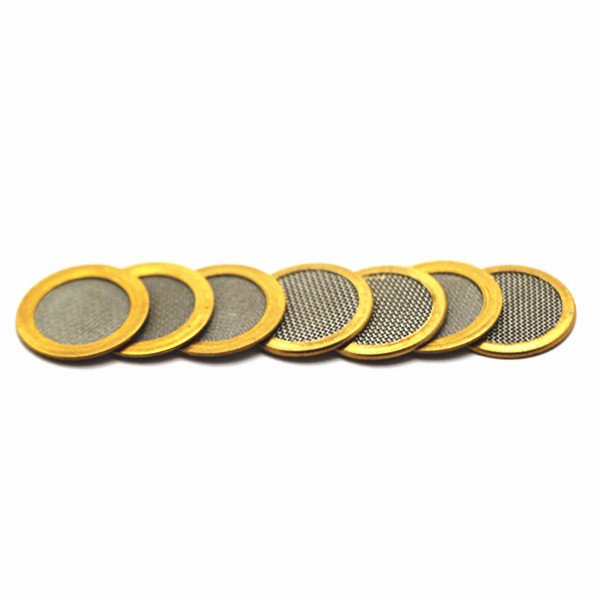[ Instrument R&D ] The team of Ma Xinwen, Institute of Modern Physics, Chinese Academy of Sciences, and the Beijing Institute of Applied Physics and Computational Mathematics, and the team of the French Research Center, discovered for the first time in the fragmentation experiment of van der Waals clusters induced by heavy ions A new mechanism for the formation of molecules by tunneling transfer of heavy ions. This mechanism enriches the understanding of the reaction mechanism of weakly bound systems and helps to understand chemical phenomena in the micro-environment of biological systems. Related results were published in "Nature-Newsletter" on June 12.
The inter-atomic Coulomb decay proves that due to the presence of adjacent atoms, reaction channels that would otherwise not occur in a single atom/molecule will be opened. Previous studies have shown that proton transfer in hydrogen-bonded clusters involves mass and charge migration over large distances within the cluster, and leads to fragmentation of the cluster. These processes are typical environmental effects and have important links with biochemistry, genetic variation and radiotherapy.
After the discovery of the DNA double helix structure, the hypothesis that the proton transfer in the hydrogen bond cluster caused DNA mutations took more than 50 years and was only recently confirmed by experiments and accepted by the academic community. In addition to hydrogen atoms, there are a large number of carbon, nitrogen, and oxygen atoms in the biological environment. So, is there heavy ion transfer and fragmentation during the biochemical process?
Zhu Xiaolong, a researcher at the Institute of Modern Physics, said: "Vander Waals cluster is an ideal experimental model to answer the above scientific questions." Van der Waals cluster is a weakly bound atomic/molecular system that exists in nature and is an understanding of biological systems. An important medium for chemical phenomena in the micro-environment.
The researchers used the neutral N2Ar cluster as a model and used the 1 MeV energy of the Ne8+ ion provided by the accelerator to collide with it to produce a double-charged cluster (N2Ar)2+ ion, and observed a strange heavy ion N+ transfer channel: (N2Ar )2+→N+ +NAr+. In this reaction channel, after the N2Ar cluster loses two electrons, the strong NN covalent bond of the N2 molecule breaks, and the nitrogen ion with a mass of 14 is transferred from the molecular center of the cluster to the Ar atom center through the quantum tunneling mechanism and forms New N-Ar bond. This heavy ion transfer reaction mechanism was discovered for the first time.
The study reveals the details of the channel reaction: First, the "N2" molecule in the cluster loses two electrons to generate the parent cluster ion N22+Ar, while the polarization between the neutral Ar atom and N22+ is observed to promote the N22+Ar group. The cluster ions are isomerized, and the height and width of the N22+ molecular ion barrier are reduced, resulting in a significantly shorter tunneling dissociation life of metastable molecular ions. This triggers the breaking of the N+-N+ covalent bond in the molecular ion, the tunneling of the N+ ion from the N22+ molecular ion potential well, and the formation of N-Ar+ almost simultaneously. Next, the Coulomb explosion occurs between the N+ and NAr+ ion pairs.
Ma Xinwen said: "The first discovery of the transfer of heavy ions in the study led to the fragmentation mechanism of cluster molecular ions. In fact, it is likely to be universal in the biological environment and has potential importance for understanding the biochemical kinetics of biological systems."
In this work, the first author Zhu Xiaolong led the experimental research on the accelerator. Co-first author Hu Xiaoqing of the Beijing Institute of Applied Physics and Computational Mathematics made detailed theoretical calculations. Ma Xinwen, a researcher of the Institute of Modern Physics and Beijing Applied Physics Wu Yong, a researcher at the Institute of Computational Mathematics, is the co-corresponding author of the paper.
The research was supported by the National Key Research and Development Program, the National Natural Science Foundation of China, and the Science and Technology Bureau Science Challenge Program.
Wire Mesh Filter Disc
Wire mesh filter
disc are commonly used in screen changers for filtration and separation in the
industry of oil, chemistry, medical, food, water treatment etc. Single layer or
multi-layer is acceptable and layer construction is depending on application
and requested grade of filtration.


Features of filter
disc
· 1, High filtration
efficiency.
· 2,High temperature
resistance.
· 3, Made in various
materials, patterns and sizes.
· 4, Durable and long
life working.
· 5, Strength and
easily cleanable.
· 6, Available in
screening and filtering in acid, alkali conditions.
Wire Mesh Filter Disc,Stainless Steel Mesh Filter Discs,Sintered Mesh Filter Disc,Wire Mesh Disc
Suzhou Haoxiang Screen Stencil Products Co.,Ltd , https://www.haoxiangwiremesh.com

